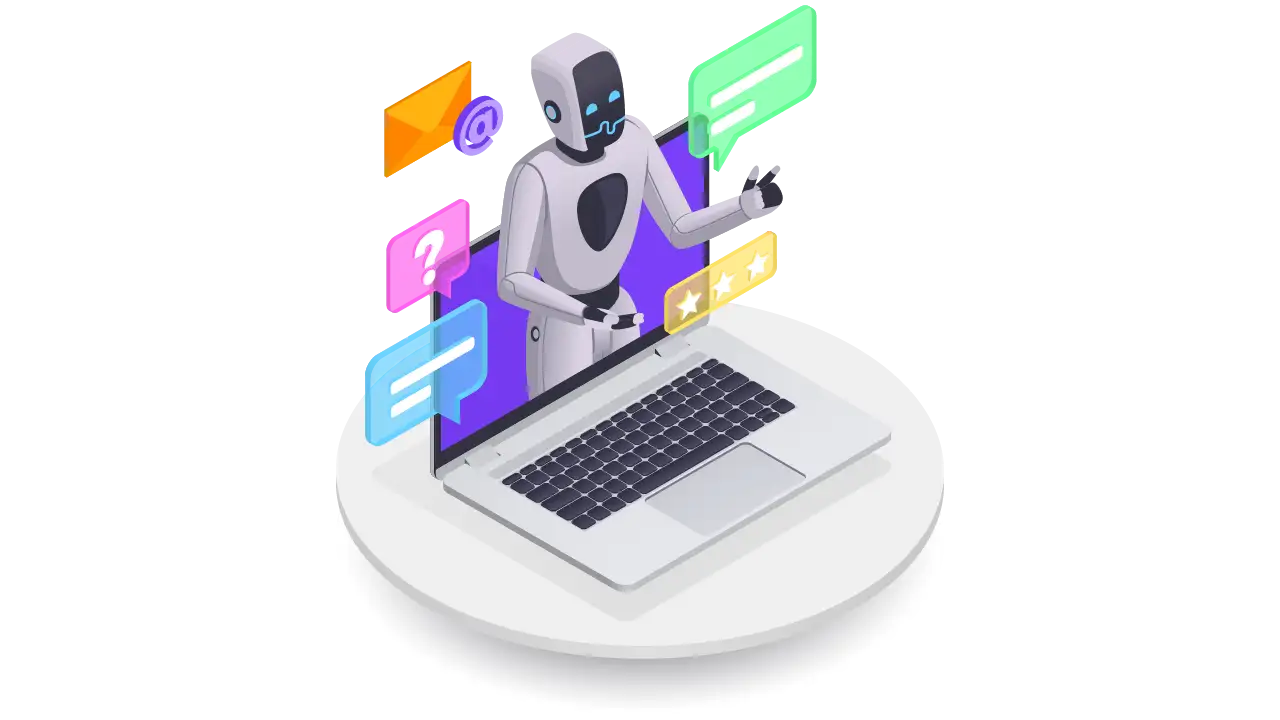


The tech industry is undergoing a seismic shift. While headlines often focus on layoffs and restructuring, two pivotal trends are quietly reshaping the landscape: the decentralization of tech talent and the rapid advancement of artificial intelligence (AI). These interrelated forces are creating both opportunities and challenges for companies and professionals alike.
For decades, the tech industry has been concentrated in a few major metropolitan areas, often referred to as Tier 1 cities. Bangalore, Delhi, and Mumbai in India, and Silicon Valley in the United States, have been synonymous with innovation and opportunity. However, a paradigm shift is underway.
A growing number of tech professionals are opting for a better work-life balance, lower living costs, and a stronger sense of community by returning to their hometowns or relocating to smaller cities. This phenomenon, often termed "reverse migration," is fueling the emergence of Tier 2 and Tier 3 tech hubs.
While the potential benefits are substantial, companies venturing into Tier 2 and Tier 3 cities must be prepared to address several challenges:
Concurrently, the rapid advancement of AI is transforming the way we work. While there are concerns about job displacement, AI is also creating new opportunities and reshaping job roles.
The convergence of these two trends is creating a complex and dynamic landscape. Companies that can successfully navigate this terrain will be well-positioned for long-term success.
The future of work is characterized by uncertainty and rapid change. However, by embracing these trends and investing in talent development and technological innovation, companies can position themselves for success in the evolving tech landscape.
As the battle for tech talent shifts to new geographies and AI continues to reshape the workforce, organizations that prioritize adaptability, innovation, and employee well-being will emerge as leaders.
The emergence of Tier 2 and Tier 3 cities as tech hubs is a promising development, but it's essential to acknowledge the challenges these cities face in attracting and retaining tech talent. Let's explore these challenges in more detail.
Addressing these challenges requires a concerted effort from government, industry, and local communities. By investing in infrastructure, talent development, and ecosystem building, Tier 2 and Tier 3 cities can become thriving tech hubs.
The tech landscape is evolving rapidly! Tier 2 & 3 cities are emerging as hotbeds for tech talent as companies seek to reduce costs & expand their reach.
However, challenges like infrastructure & talent retention persist. Simultaneously, AI is reshaping industries & job roles. To thrive, businesses must adapt to these changes, focusing on talent development, AI integration, and ethical practices.

Organizations operating in distributed, high-volume, or high-variability environments, such as HR shared services...

As the digital landscape evolves, data-powered organizations are gaining a competitive edge. Data has become the new currency...

The world of work is evolving at an unprecedented pace, and outplacement and workforce transition consulting...

The workplace is rapidly evolving at an unprecedented pace. As organizations navigate a landscape increasingly influenced by artificial intelligence...

Artificial Intelligence (AI) isn’t just some sci-fi fantasy anymore—it’s really changing the way companies work today...

In today’s fast-paced business world, People Analytics is reshaping the way organizations attract, engage, and retain talent...